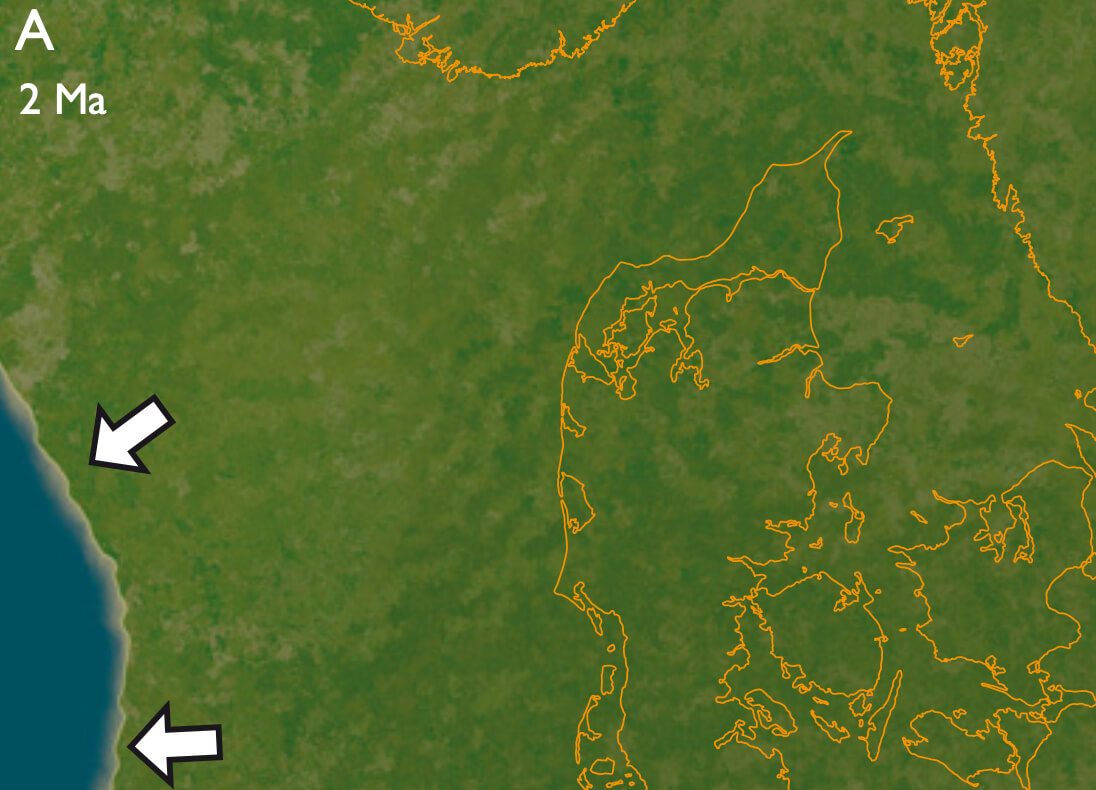
How to Cite
Share
Abstract
Denmark is a key region for studies of the Cenozoic development of Scandinavia because Paleocene to Upper Miocene sediments crop out across the country and because it is possible to correlate these occurrences with the up to 3 km thick Cenozoic succession of the North Sea Basin. However, the reason why the Cenozoic deposits occur close to the surface of the Earth in Denmark is that the sediments have been exhumed from their cover of younger rocks. This implies that a reconstruction of the Cenozoic development across Denmark – involving both burial and exhumation – must rely on sedimentological and seismic studies of preserved sediments as well as on physical parameters that may yield evidence of the postdepositional history of the sediments now at the surface. Only if the burial and exhumation history of the basins can be deciphered is it possible to infer the geological development in the Scandinavian hinterland where Cenozoic sediments are rarely preserved. We have identified four Mesozoic–Cenozoic palaeothermal phases related to burial and subsequent exhumation, and one phase reflecting climate change during the Eocene. This is based on new apatite fission-track analyses (AFTA) and vitrinite reflectance data from eight Danish wells (Japsen et al. 2007a). The study combined thermal history reconstruction with exhumation studies based on palaeoburial (sonic velo city), stratigraphic and seismic data (cf. Japsen & Bidstrup 1999; Green et al. 2002; Nielsen 2003; Rasmussen 2004; Japsen et al. 2007b). Two of the exhumation phases occurred during the mid-Jurassic and the mid-Cretaceous. In this study we focus on the Cenozoic development and on the early and late Neogene exhumation phases during which up to 1 km of sediments were removed across most of the Danish region (Fig. 1).
How to Cite
Share
Copyright (c) 2008 Peter Japsen, Erik S Rasmussen, Paul F Green, Lars Henrik Nielsen, Torben Bidstrup

This work is licensed under a Creative Commons Attribution 4.0 International License.
Downloads
Edited by Ole Bennike and A.K. Higgins
This Review of Survey activities presents a selection of 22 papers reflecting the wide spectrum of activities of the Geological Survey of Denmark and Greenland, from the microscopic to the plate-tectonic level.
The Survey's activities in Denmark are illustrated by 13 articles. Five of them deal with petroleum-related [...]









